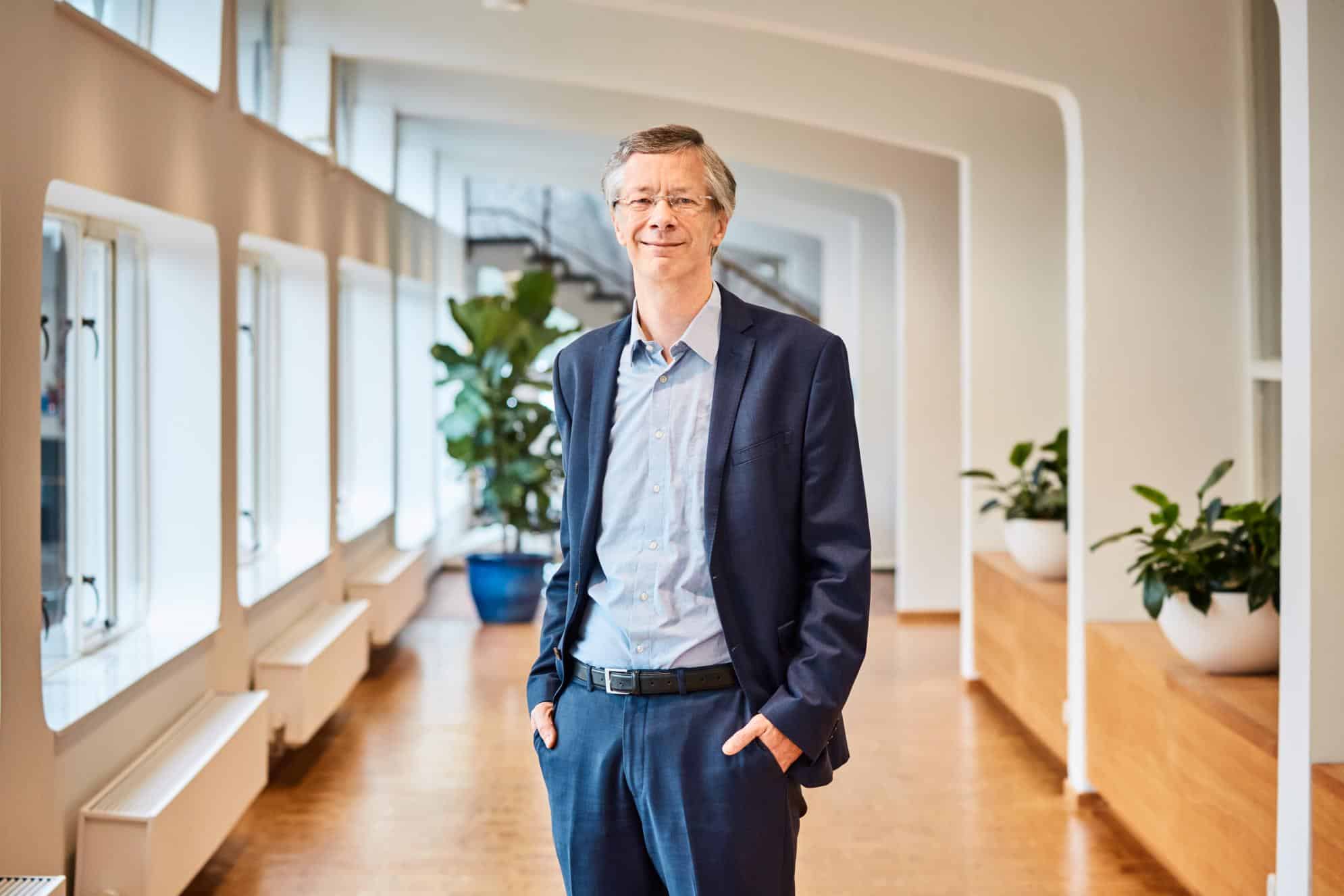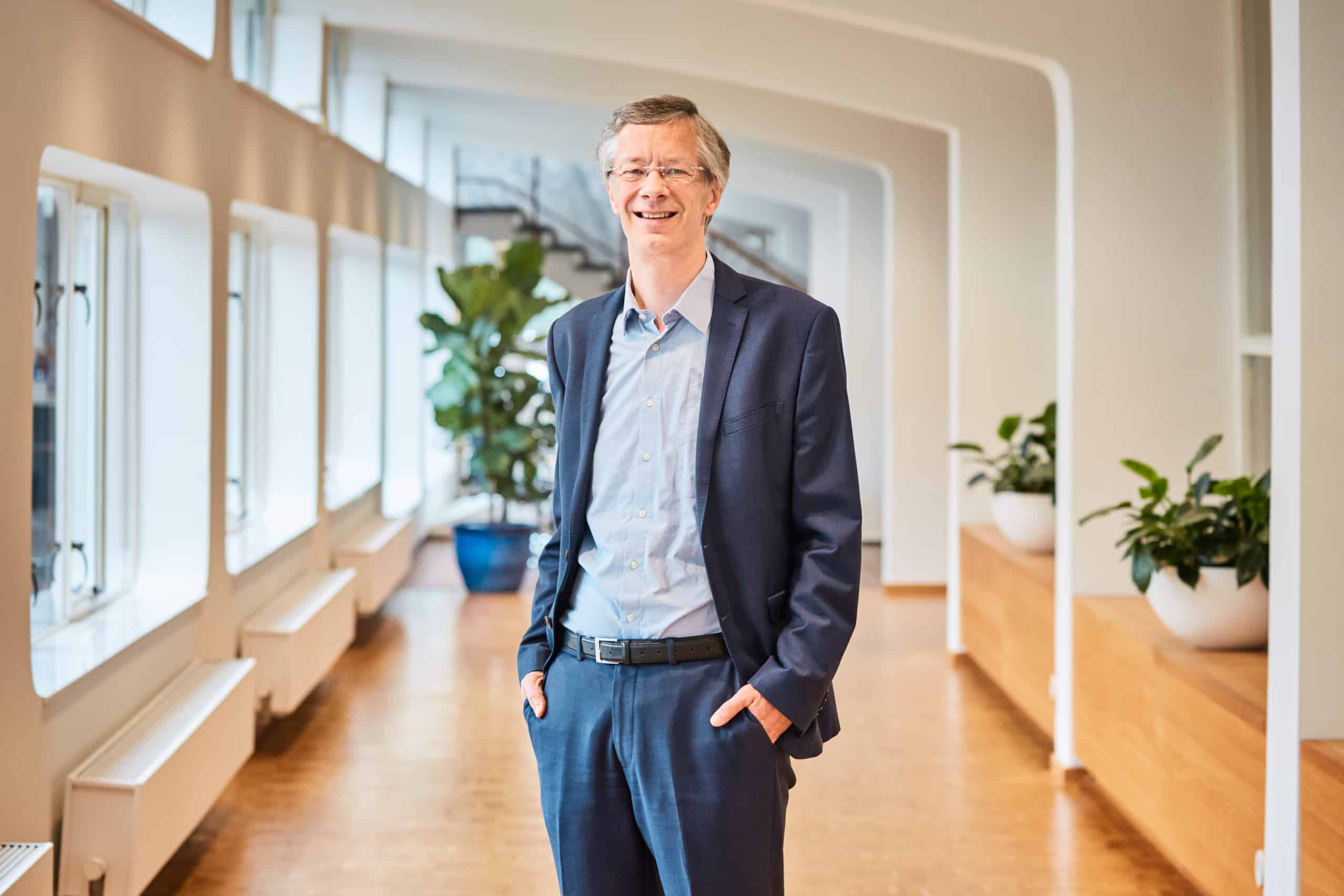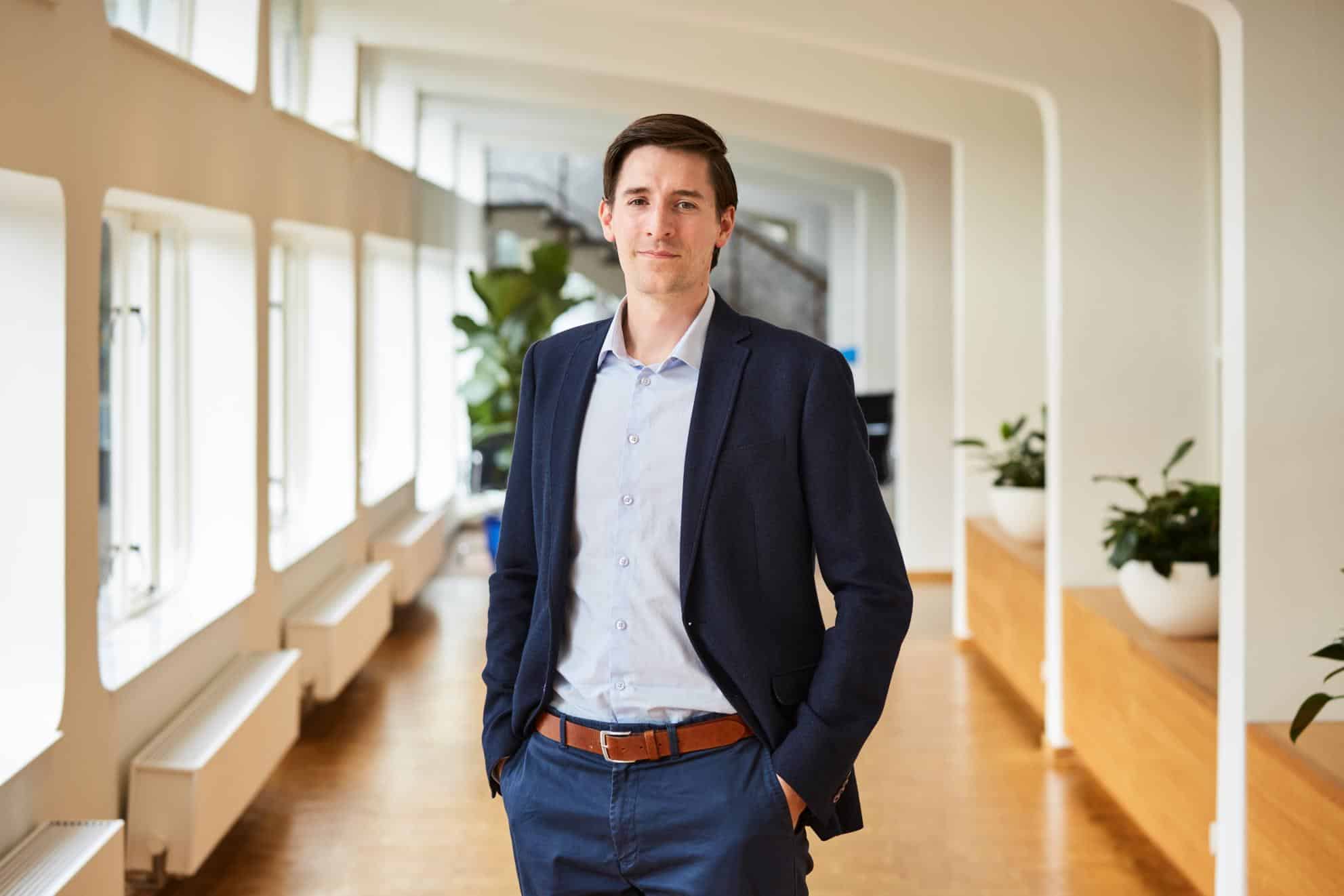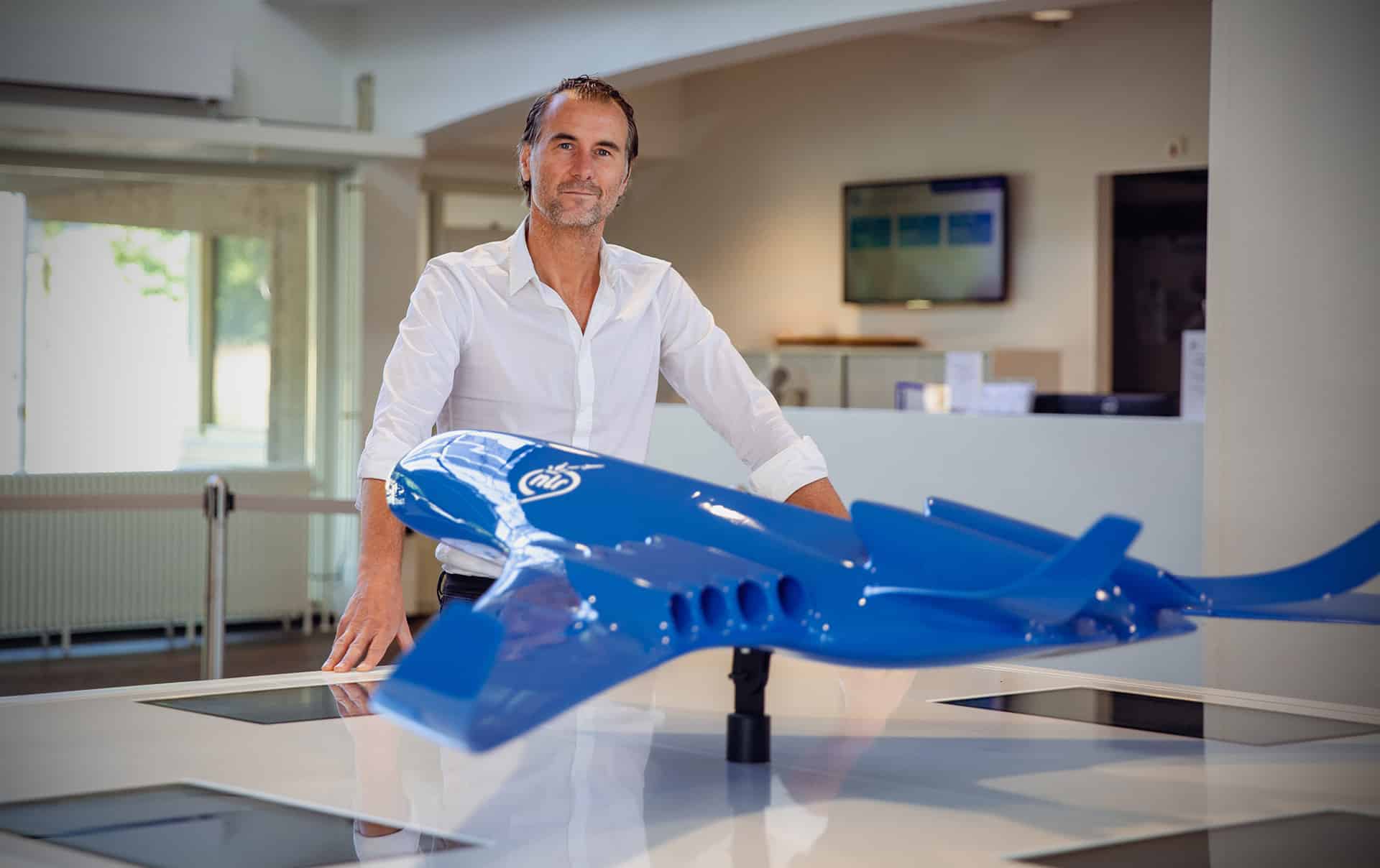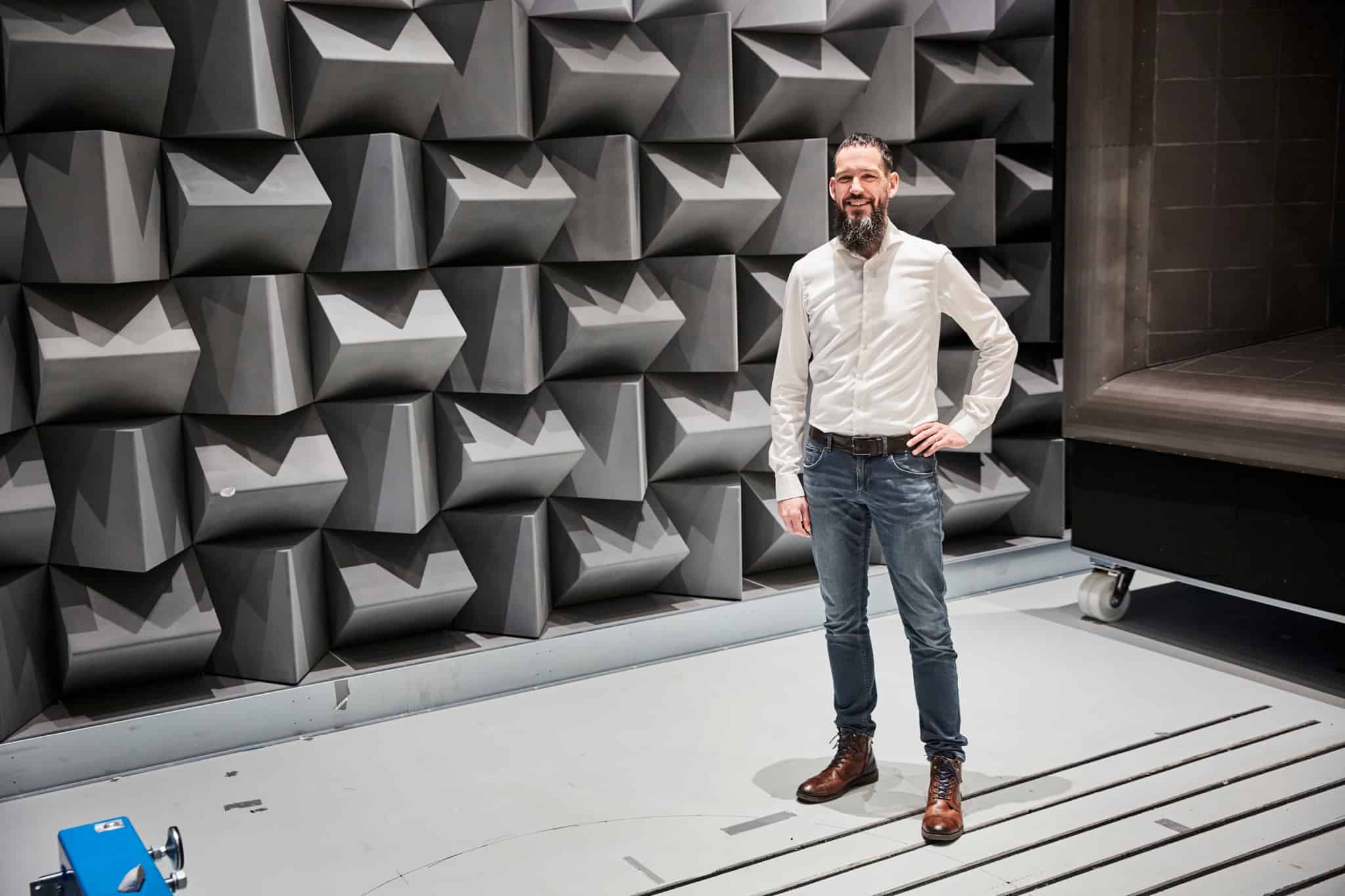
Marthijn Tuinstra is involved in aeroacoustics: the noise that is created by airflows. His career focuses on minimising aircraft noise without compromising on performance. “For me, it’s about the extremes: how silent can we make an aircraft, without compromising on performance? That’s the challenge for me, as well as perhaps being a bit of the magic of aviation too.”
Marthijn Tuinstra began his career in 2007 as a junior R&D engineer at the Royal Netherlands Aerospace Centre (NLR). A healthy fifteen years later, he is a principal scientist and aeroacoustics specialist. “Aeroacoustics is about the interaction of an object with the airflows around it. Aircraft move through the air at high speeds, so it’s logical that a large proportion of the noise an aircraft produces is aeroacoustic in nature.
- Marthijn Tuinstra, Scientist Principal at NLR, is specialized in aeroacoustics;
- He is concerned with minimizing aircraft noise without compromising performance;
- His contributions include the development of the NORAH model, a European approach to modeling helicopter noise.
A feeling of awe
“For me, aviation has always induced a feeling of awe. That we can fly at all is an amazing feat. It’s a continuous quest for a balance between all sorts of different aspects – strength, weight and aerodynamics, and also noise. That’s true for all machines, but the considerations are more extreme in aviation. An aircraft has to be lightweight and efficient, for instance, and at the same time strong too. Those powerful contrasts and the technical challenges they lead to are something I find absolutely fascinating.”
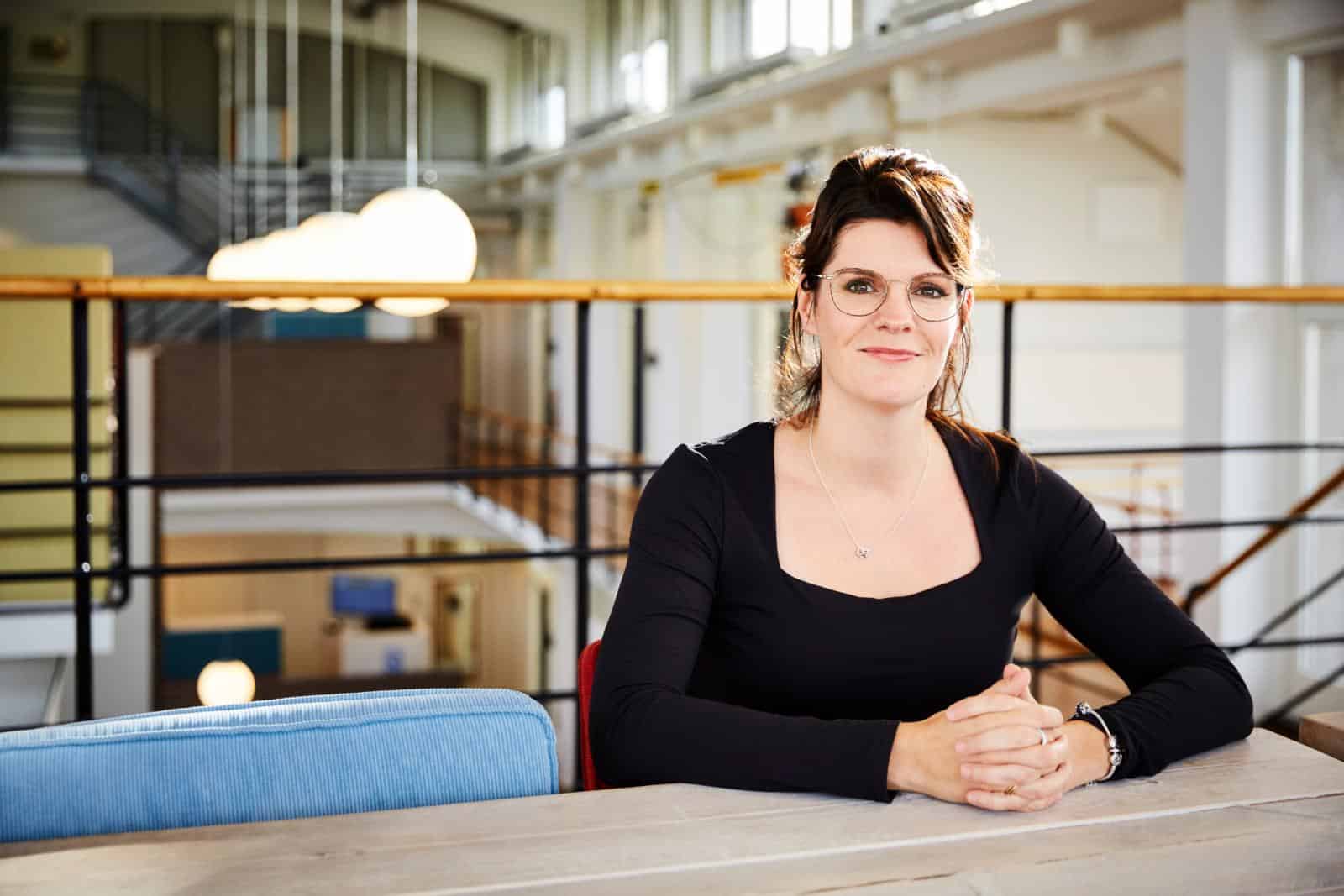
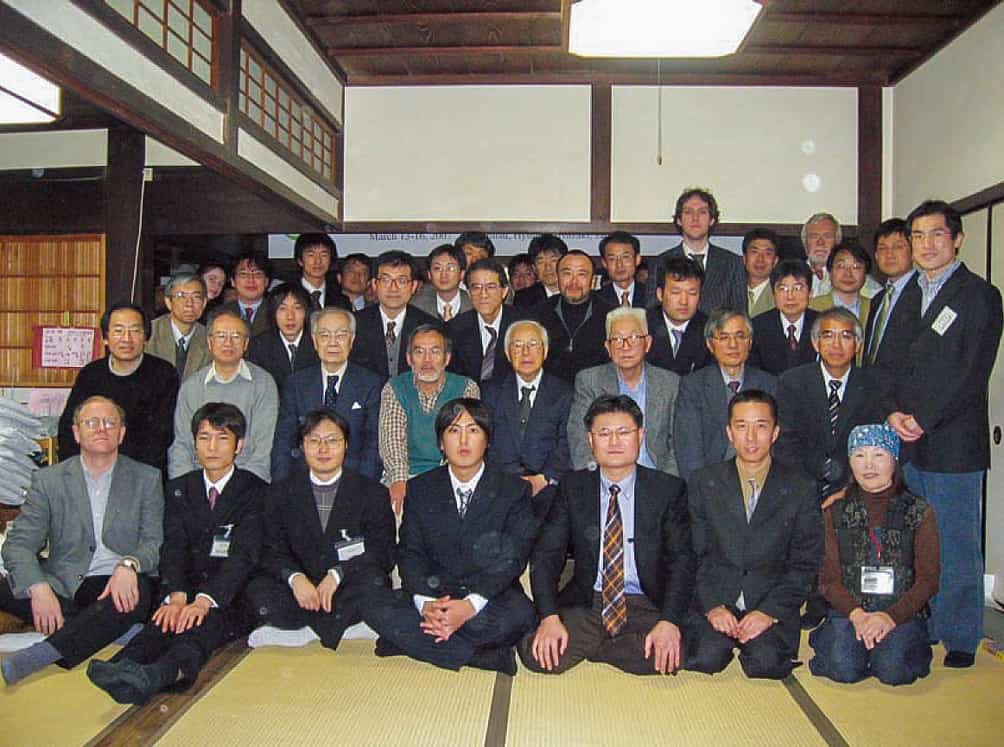
Research in Japan
After completing his studies in Aerospace Technology at Delft Technical University (TU Delft), he left for Japan to spend a year doing research at the Japan Aerospace Exploration Agency (JAXA). “I wanted to see how I’d cope on the other side of the world, in a completely different culture. It was a genuine eye-opener and it taught me that there’s more than one way to set up a society. Take the social safety net, for instance, which is assisted less by the authorities in Japan than it is in the Netherlands. We look to the government pretty quickly, but there they look a lot more to companies and their families. And it works, too.”
While he was there, he became familiar with the field of aeroacoustics, as well as meeting his current life partner. He still flies back regularly with his family to the country he finds so special.
NORAH: a European approach for modelling noise nuisance from helicopters
The Aeroacoustics group that Marthijn works in focuses in particular on one consideration: reducing aircraft noise without significantly affecting flight performance. His research is a combination of experimental aeroacoustics, experimental aerodynamics and aircraft noise modelling. A striking example of the last of those aspects is the NORAH model, which can calculate the noise burden of helicopters. Until recently, the noise impact of helicopters was worked out using a model for fixed-wing aircraft. The European Commission (EC) issued a tender in 2015 for developing a method for helicopter noise. A consortium led by NLR, working with Anotec Engineering and SINTEF, succeeded in winning the order. Within five years, they had put together a prototype noise prediction tool for helicopters.
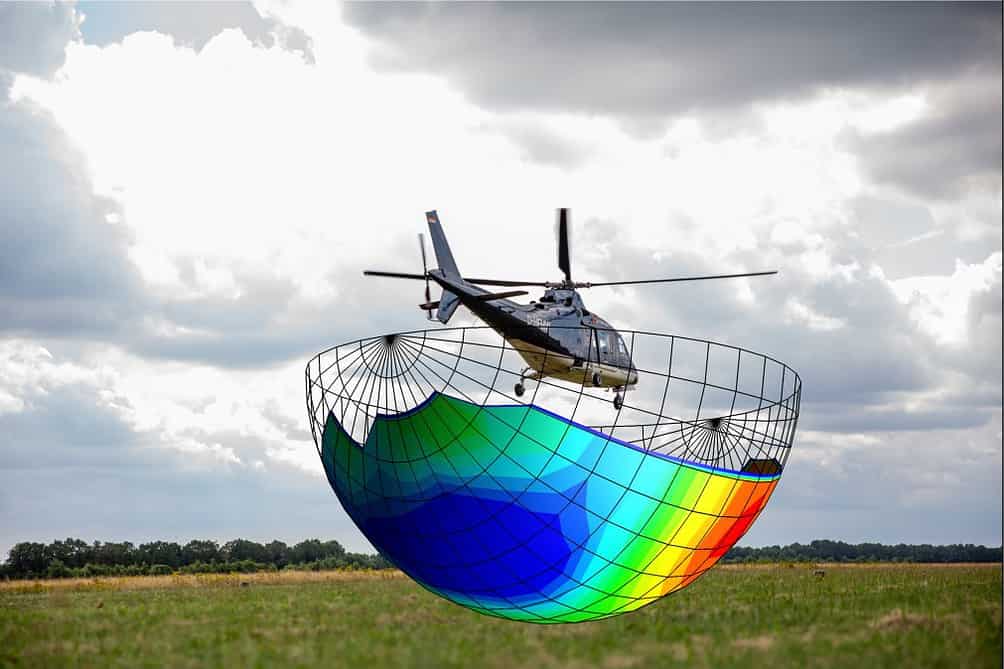
“What makes a helicopter different from an aeroplane is that the noise emissions depend heavily on the flying conditions and on the direction of flight. In other words, where you are with respect to the chopper is one of the factors determining the perceived nuisance. That aspect was not included in the standard methods and we had to work out how to get it into this model.”
They managed that by expressing the helicopter’s noise emissions in what are referred to as ‘noise hemispheres’. These half-ball shapes let the consortium record the noise source levels as radiated in every direction. To populate a database of noise hemispheres with suitable source data, noise measurement projects were carried out for eleven types of helicopters. To allow measurements to be made for multiple emission angles at the same time (i.e. where the sound is coming from), the consortium used a four-hundred metre long row of microphones on the ground. The NORAH model is already being used in the Netherlands, but the ultimate goal is that there should be a standardised model for all EU member states.
He is proud that a model his group helped to develop will probably shortly be in use throughout Europe. “Turning an idea into a fully-fledged working model and having a genuine social impact as a result, well, that’s really satisfying.”
Balance between scientific and industrial applied research
Marthijn finds it difficult to strike a balance between industry on the one hand, which benefits more from practically-oriented research questions, and more innovative and fundamental research on the other. “The focus at NLR is on applied research, but you sometimes need studies at a more fundamental level too if innovations are to be achieved. That kind of research is largely done at the technical universities, where scientists – often still young ones – think out and test completely new ideas at the conceptual level.”
In his role as principal scientist, he has for instance worked with TU Delft on a flow measurement technique that works using small soap bubbles filled with a little helium. Those bubbles have precisely the same density as air and so they can follow the airflows precisely. That not only generates magical images when the soap bubbles are illuminated with lasers but also now allows large-scale flow measurements to be carried out around wind-tunnel models in industrial tests.
“Without that cooperation, in which graduate students devoted four years of their full attention, creativity and development to setting up the technique, we wouldn’t have been in a position to offer this measurement method to our clients today. Making sure that these two worlds – the scientific and industrial aspects of applied research – come together is precisely the kind of bridging function that I think NLR ought to be fulfilling.”
It is typical of the interview: before you know it, Marthijn has moved on to yet another aspect of his work that he finds so interesting. And there is that same leitmotif again: weighing things up against each other. “For me, it’s not about seeing a really neat aircraft flying. For me, it’s about the extremes: how silent can we make an aircraft, without compromising on performance? That’s the challenge for me, as well as perhaps being a bit of the magic of aviation too.”




